In 1927, a Japanese design bureau goes with the name of Kaedehara Air Transport built a tri-motor superior of those from Fokker or Ford's logistics and passenger aircraft.
Overview
Japan had relied on Fokker aircraft and naval shipping and lack of long-range transport has been sought and most of the aircraft built are of military types. The lack of commercial aircraft to connect the Empire by air prompted local companies to build a long-range transport capable of carrying 14 passengers or logistics to China, Japanese Korea and Formosa (Taiwan).
The Kaedehara's response to the proposal is a trimotor design powered by air-cooled radials and predicted to be faster than existing commercial aircraft in use there.
Design and Testing
The Kaedehara Proposal 1 is a high-wing trimotor transport aircraft of wood and metal construction and wing surfaces covered in fabric. It is powered by three 400 horsepower Bristol Jupiter radial engines mounted on the wings and the aircraft nose. The canopy is unusual of the time, having a closed canopy (other Japanese designs such as the Honshu P.1 and others have open) for use on bad weather.
Testing revealed that the aircraft is faster than its contemporaries, a higher endurance and range but is overweight and has to be flown in cruise mode nose-up.
Final results concluded that the Kaedehara design is suitable for operational use, and first orders were requested at fiscal year 1928.
General Notes
Someone can put a VR-capable cockpit or its interior. I'm working on a Praga design again so I can't invest additional time for her.
The Genshin designation steikes again, comrade! Cultural invasion plagued the Anomalocaris' drawing boards!
Assimilation required.
Specifications
General Characteristics
- Created On Android
- Wingspan 81.1ft (24.7m)
- Length 52.2ft (15.9m)
- Height 15.4ft (4.7m)
- Empty Weight 9,411lbs (4,269kg)
- Loaded Weight 13,599lbs (6,168kg)
Performance
- Horse Power/Weight Ratio 0.099
- Wing Loading 16.9lbs/ft2 (82.3kg/m2)
- Wing Area 806.6ft2 (74.9m2)
- Drag Points 7983
Parts
- Number of Parts 248
- Control Surfaces 10
- Performance Cost 879

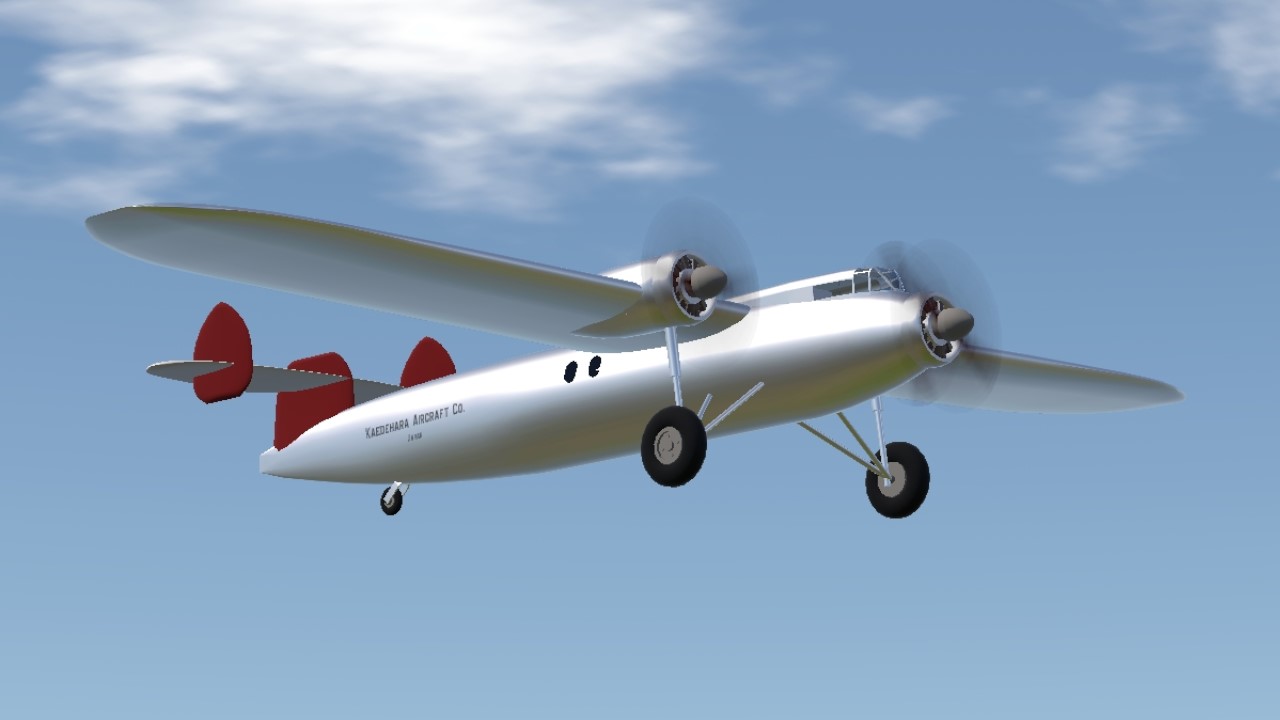
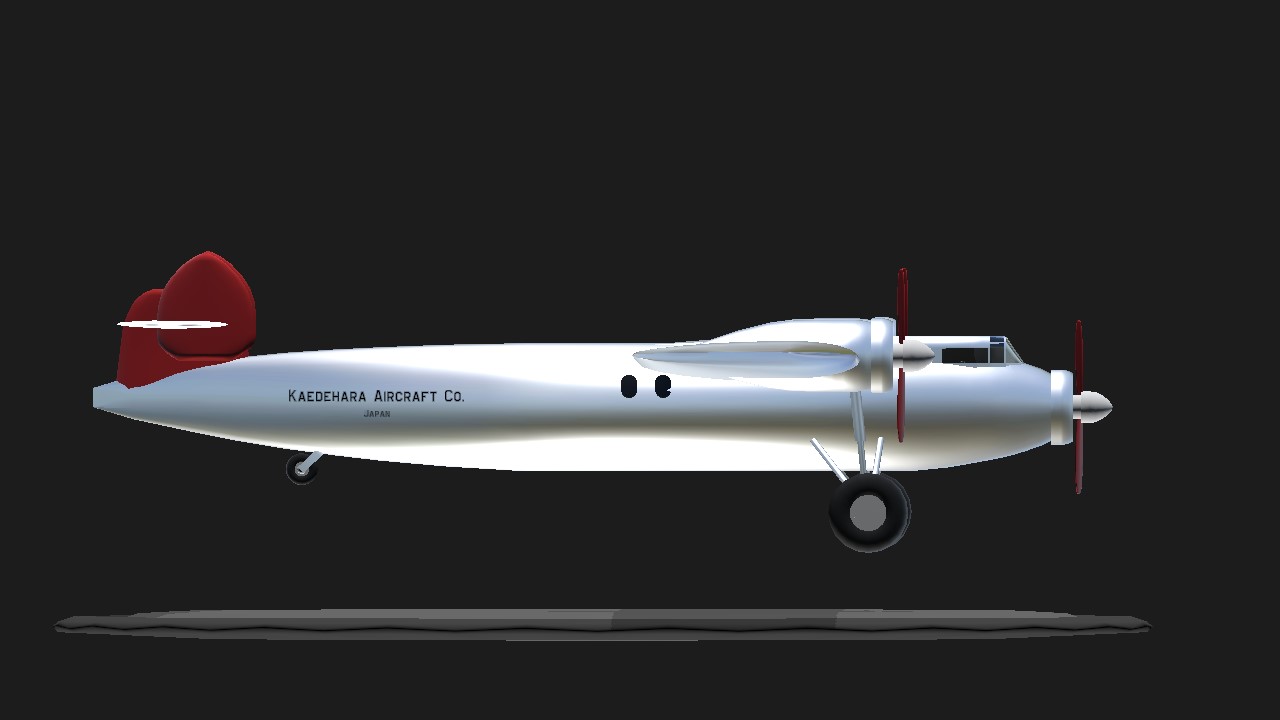
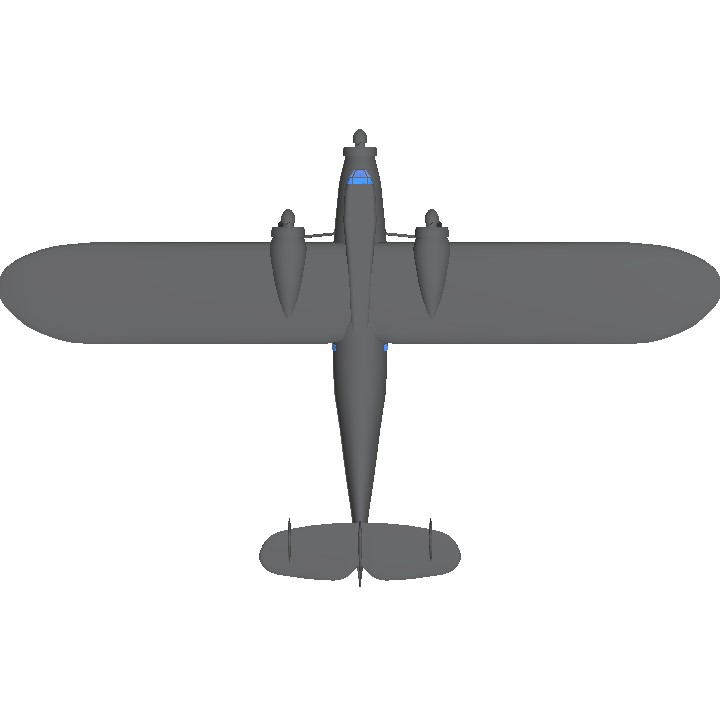
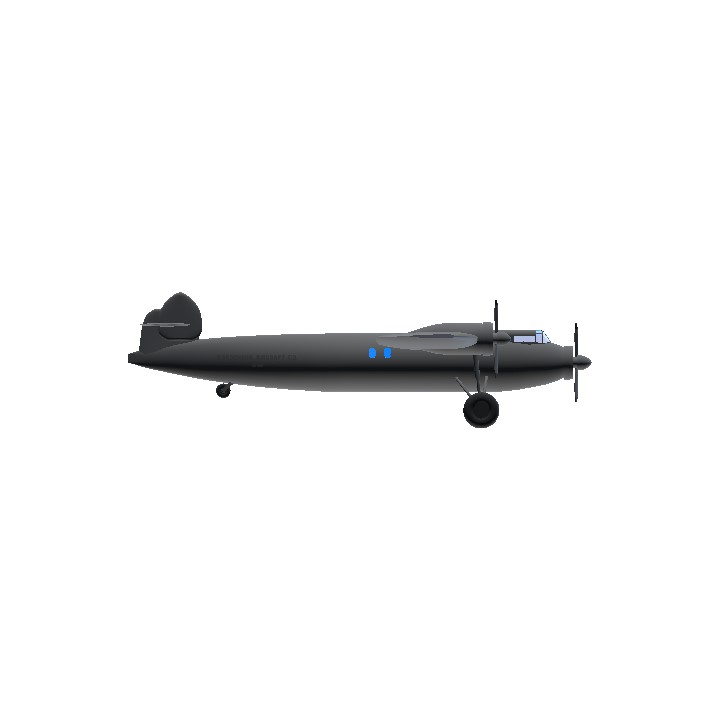
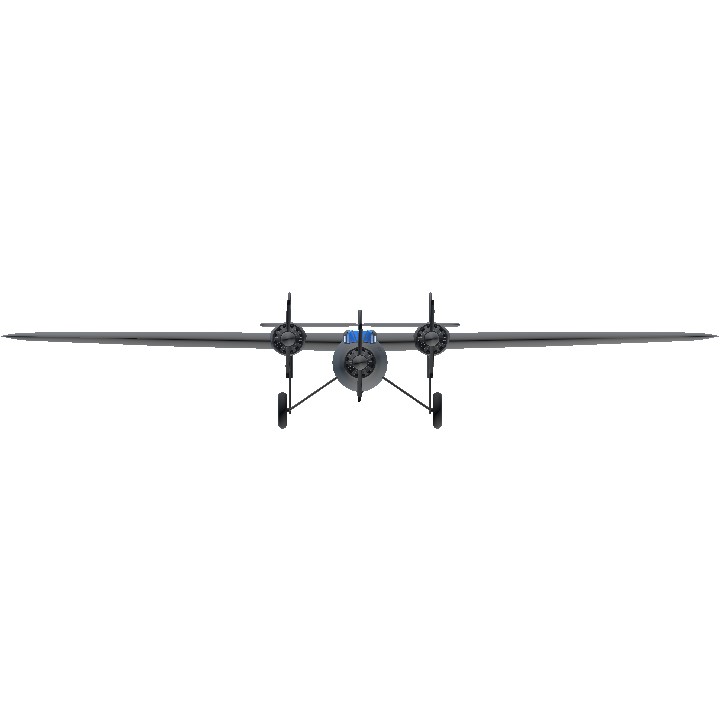
@Inuyasha8215 creates amorgos (greece island) airlines
@phrongus Amorgos
replace the p in pegasus with an m